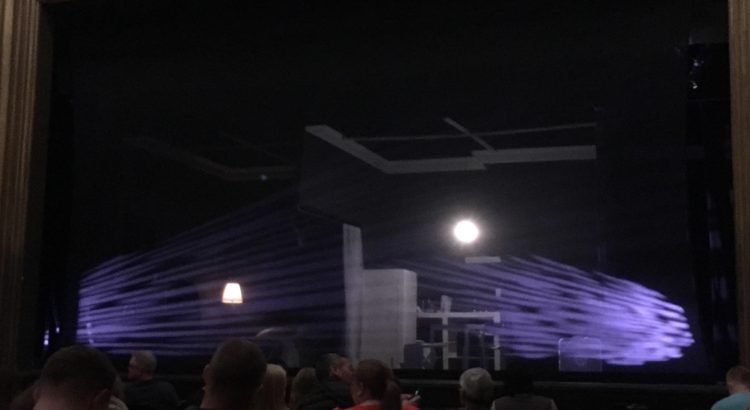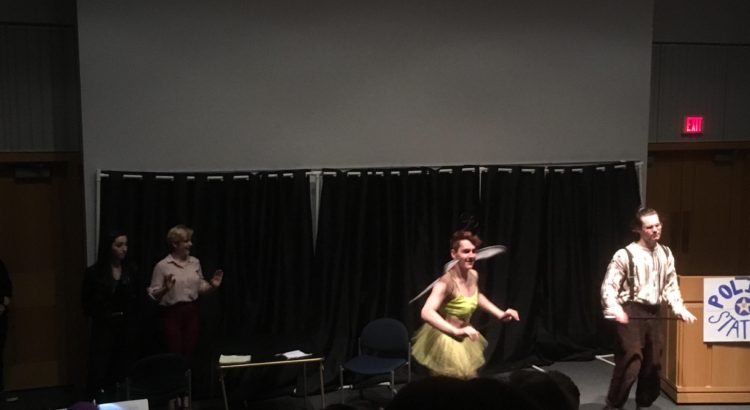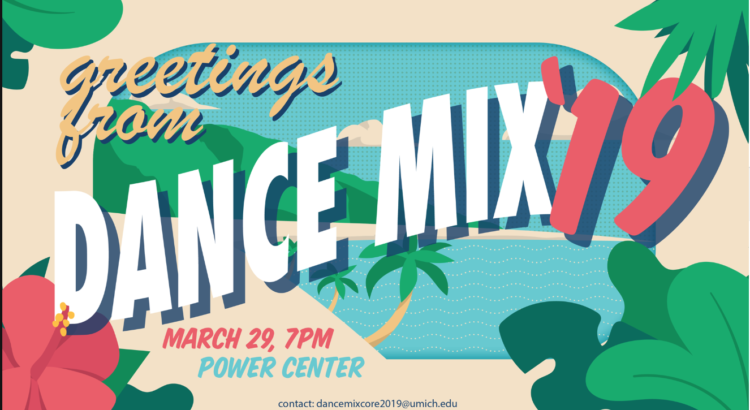This was my first time attending Dance Mix, and I was wowed. In many ways, the event felt like Acarush, the a cappella concert in September where 16 different student groups perform. At Dance Mix, fourteen groups performed: 2XS Michigan, Ambiance, Cadence, Element One, Encore, funKtion, Impact, K-Gayo-3, Michigan Ballroom, Michigan Manzil, Photonix, Revolution, Rhythm, and Salto. Each group approached their performance differently. Some used elements of humor, storytelling, Shrek’s movie soundtrack, or even lip-syncing.
It was a great event that showcased the variety of dance styles across campus. There was contemporary ballet, modern, hip hop (including breakdancing, funk, jazz, krump, and house), ballroom, tap, urban, k-pop, contemporary, jazz, bollywood, glowsticking, Chinese yo-yoing, etc. I never fully realized just how many different genres of dance there are.
I appreciated Dance Mix’s inclusivity of groups that might not otherwise be considered “dance” teams—such as Photonix and Revolution. Not everyone would consider glowsticking or Chinese yo-yoing as forms of dance, but I believe that they are. “Dance” means to move your body rhythmically and usually to music. Both performances by Photonix and Revolution exhibited musicality, and the performers achieved a high degree of skill in order to execute the complicated choreography. I have personally tried to twirl glowsticks but kept hitting myself instead of synchronizing my left and right hands. Now I appreciate the difficulty level of Photonix’s routines so much more.
A fun observation that I made was that there was a lot of collaboration across different groups. I often saw dancers appear in multiple performances. There was even one performance where two groups came together, coordinated costumes, and danced together.
One of the most enjoyable parts of the show was the energy in the room. Often, audience members would scream and cheer on their friends who were performing, or whistle when they were impressed by what was happening on stage. I noticed that the energy generally peaked when the performers exhibited striking skill and/or musicality. When a dancer’s sharp movements match the beats in a song, it’s pure magic. One of the performances with the most striking musicality was Cadence’s “Rain Dance.” Dancers’ crisp motion synchronized with the sound of rain drops. It was enchanting to watch.
Other aspects I valued in the performances was how they challenged and reshaped ideas on “masculine” or “feminine” movement and clothes. Dance Mix celebrated self-expression that traversed across both sets of gender norms. It was an encouraging space where performers could show off who they were and convey their emotions and passion to an audience. I loved seeing how each dance group embodied culture, community, and self-expression.
I’ll be back next year.
(Promotional video that gives you a snippet of the performance)






